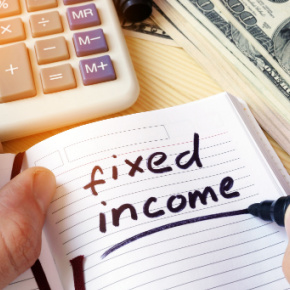Since valuations have never been a good predictor of short-term price changes, they tell investors very little about what might happen next year.
Strategies
3506 posts
Asset owners are upbeat about implementing sustainable investment more often through passive than active investment strategies.
Gender Equality is the fifth UN SDG. And IA has a portfolio, so that one can align investments with values.
Buying a dip works really well in an uptrend, but a subtle change in trend can be like the proverbial frog in a pot of boiling water.
Just like the hungry caterpillar, an investor may consider diversification and balance to achieve portfolio growth over time - with Asset Allocation portfolios.
Fixed income investing styles - how does one know whether an active, indexed, or systematic approach makes more sense for certain sectors, and for the asset class as a whole.











